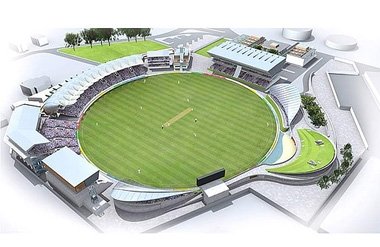Cricket stadiums are more than just sporting venues — they’re iconic structures that reflect the culture, history, and evolution of the sport. Over the years, cricket stadium architecture has undergone a stunning transformation. From the traditional and colonial designs of the early 20th century to the sleek, modern, and eco-friendly arenas of today, cricket stadiums have become symbols of national pride and innovation.
In this article, we’ll explore how cricket stadium architecture has evolved over time, the key features of classic and modern stadiums, notable examples, and what the future holds for these magnificent structures.
The Origins of Cricket Stadium Architecture
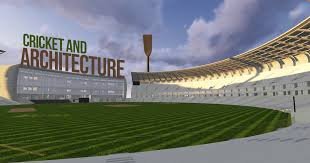
Early Grounds and Colonial Influence
Cricket’s roots go back centuries, with the earliest matches played on open village greens in England. As the sport formalized in the 18th and 19th centuries, purpose-built cricket grounds began to appear. These early stadiums were simple — often just open fields with wooden pavilions and minimal seating.
During the colonial era, British influence extended cricket to countries like India, Australia, and the West Indies. The architecture of stadiums in these regions mimicked English styles — featuring red-brick facades, wooden stands, and ornate clock towers.
Focus on Functionality
In the early days, function trumped form. Stadiums were built to accommodate growing crowds but lacked architectural sophistication. Seating arrangements were basic, often uncovered, and facilities for players and fans were minimal.
Classic Cricket Stadium Design Elements
Heritage Structures
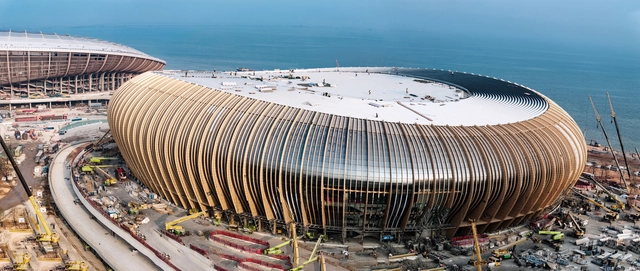
Older stadiums like Lord’s in London or Eden Gardens in Kolkata are not just sports arenas — they are historical landmarks. Their design reflects an era of elegance, with grandstands named after cricketing legends, wooden pavilions, and arches that celebrate cricket’s gentlemanly heritage.
The Pavilion
The pavilion was the heart of classic cricket architecture. A two-story structure with changing rooms, dining areas, and balconies for viewing, the pavilion embodied tradition. The Members’ Pavilion at Lord’s is perhaps the most iconic in the world.
Manual Scoreboards
In many classic stadiums, manual scoreboards were operated by hand, with large wooden panels displaying scores. While most have been replaced by digital screens, some grounds preserve them for nostalgic value.
Natural Surroundings
Unlike many other sports, cricket stadiums were designed to blend with natural landscapes. Trees, grass embankments, and open skies were part of the charm — offering a peaceful contrast to the fast-paced action on the field.
Transition to Modern Stadiums
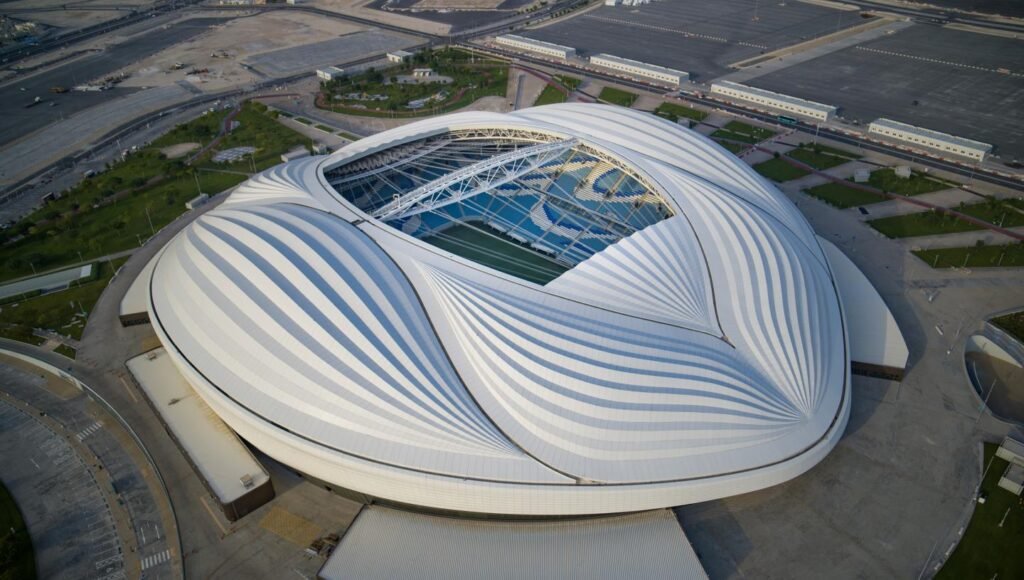
Commercialization and Broadcasting Demands
With the rise of television and commercial cricket leagues like the IPL, stadium design shifted to prioritize broadcast quality and advertising. Architectural changes were needed to improve sightlines, install lighting for day-night matches, and integrate technology.
Seating Capacity and Comfort
Modern stadiums are built with tens of thousands of spectators in mind. Comfort has become a key factor — with ergonomic seating, ample legroom, roof covers, and well-planned entry and exit routes for crowd control.
LED Scoreboards and Big Screens
Gone are the days of manual scoreboards. Modern cricket grounds feature giant LED screens for live replays, ads, and interactive fan engagement.
Floodlights and Retractable Roofs
Floodlights became standard to support day-night matches. Some of the world’s most advanced stadiums now include retractable roofs and modular architecture to adapt to various weather conditions and events.
Iconic Classic Cricket Stadiums
Lord’s Cricket Ground – London, UK
Often referred to as the “Home of Cricket,” Lord’s was established in 1814. Its famous Victorian pavilion, Long Room, and Media Centre make it a fusion of tradition and innovation.
Melbourne Cricket Ground (MCG) – Australia
Built in 1853, the MCG is one of the largest and most historic stadiums in the world. Its classic architecture and towering stands reflect a rich legacy.
Eden Gardens – Kolkata, India
Known as the “Mecca of Indian cricket,” Eden Gardens was established in 1864 and has hosted countless historic matches. Its colonial design elements still influence parts of the stadium today.
Most Advanced Modern Cricket Stadiums
Narendra Modi Stadium – Ahmedabad, India
Currently the world’s largest cricket stadium by capacity (over 130,000), it showcases cutting-edge design, LED lighting systems, a 360-degree podium, and sustainable architecture.
Perth Stadium – Australia
Also known as Optus Stadium, this modern marvel features eco-friendly design, multi-sport functionality, and a state-of-the-art lighting system for night events.
Dubai International Stadium – UAE
A leader in modern architecture with its “Ring of Fire” lighting system and perfect symmetry for high-definition broadcasting, Dubai Stadium is optimized for global cricket events.
Eco-Friendly and Sustainable Design Trends
Green Building Materials
Stadiums today use eco-friendly materials like recycled steel and sustainable wood to reduce their carbon footprint.
Solar Power and Rainwater Harvesting
Many new stadiums incorporate solar panels to power floodlights and utilize rainwater harvesting systems to maintain pitches.
Waste Management and Plastic Bans
Some modern venues, such as the Greenfield Stadium in Kerala, India, have banned single-use plastics and implemented comprehensive waste recycling systems.
Innovations in Fan Experience
Digital Ticketing and Smart Stadiums
Smart stadiums offer digital ticketing, facial recognition entry, and app-based seat locators for a seamless fan experience.
Interactive Screens and VR Zones
Fans can interact with the game using augmented reality (AR) and virtual reality (VR) zones set up inside stadiums. Some even allow fans to simulate batting against their favorite bowlers.
Food Courts and Lounge Areas
Gone are the days of long queues and poor food. Modern stadiums now house food courts, lounges, and VIP boxes with luxurious amenities.
The Role of Technology in Design
3D Modeling and Simulation
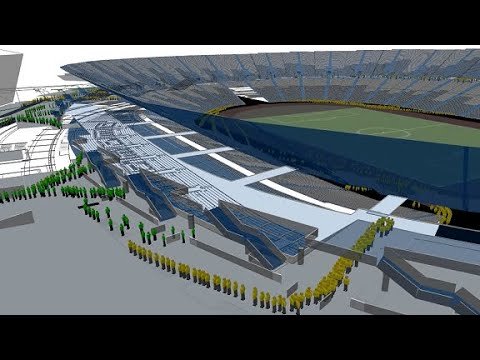
Architects now use advanced software to create 3D models of stadiums before construction. These simulations help improve safety, optimize seating angles, and test lighting conditions.
Acoustic Engineering
Sound design is critical in modern stadiums, especially for T20 leagues where crowd noise is a big part of the entertainment.
Connectivity and Wi-Fi
Wi-Fi-enabled stadiums allow fans to stream live content, share social media updates, and participate in live polls during the game.
Challenges in Cricket Stadium Architecture
Balancing Heritage and Modernity
Preserving the charm of heritage grounds while integrating modern facilities is a tough balancing act. Renovations must respect history while meeting today’s expectations.
Cost and Maintenance
Modern stadiums require massive investment and ongoing maintenance. Budget constraints can limit architectural innovation in developing countries.
Climate Adaptation
With extreme weather conditions becoming more frequent, stadiums must be designed to handle heat, rain, and even air pollution in some regions.
Future of Cricket Stadium Architecture
Multipurpose and Modular Stadiums
Future stadiums will likely be modular — able to change layouts for different sports and events. This flexibility maximizes utility and revenue.
Vertical Expansion
In urban areas with limited space, stadiums may grow vertically, adding more levels instead of expanding outward.
AI-Powered Management
AI systems will manage everything from crowd movement to pitch conditions, helping stadiums run more efficiently.
Also Read : Top 10 Winning Strategies For Cricket Players And Teams
Conclusion
Cricket stadium architecture has come a long way — from humble, colonial-era fields to today’s technological marvels. As the sport continues to grow globally, the design of its arenas will continue to evolve, blending tradition with innovation.
Classic stadiums like Lord’s and Eden Gardens still hold emotional and historical value, while modern venues like Narendra Modi Stadium and Optus Stadium set new standards for what fans and players can expect. The future promises smarter, greener, and even more engaging cricket stadiums — a testament to the sport’s enduring legacy and dynamic future.
Frequently Asked Questions (FAQs)
What is the oldest cricket stadium in the world?
Lord’s Cricket Ground in London, established in 1814, is widely regarded as the oldest and most iconic cricket stadium.
Which is the largest cricket stadium in the world?
The Narendra Modi Stadium in Ahmedabad, India, holds the record with a capacity of over 130,000 spectators.
How are modern cricket stadiums eco-friendly?
They use solar panels, rainwater harvesting, sustainable materials, and plastic-free policies to reduce environmental impact.
What makes a stadium “smart”?
Smart stadiums incorporate digital ticketing, mobile connectivity, AI systems, and advanced surveillance for better security and fan experience.
Can old stadiums be renovated to meet modern standards?
Yes, many historic stadiums undergo phased renovations to add modern features while preserving their original charm and heritage.
